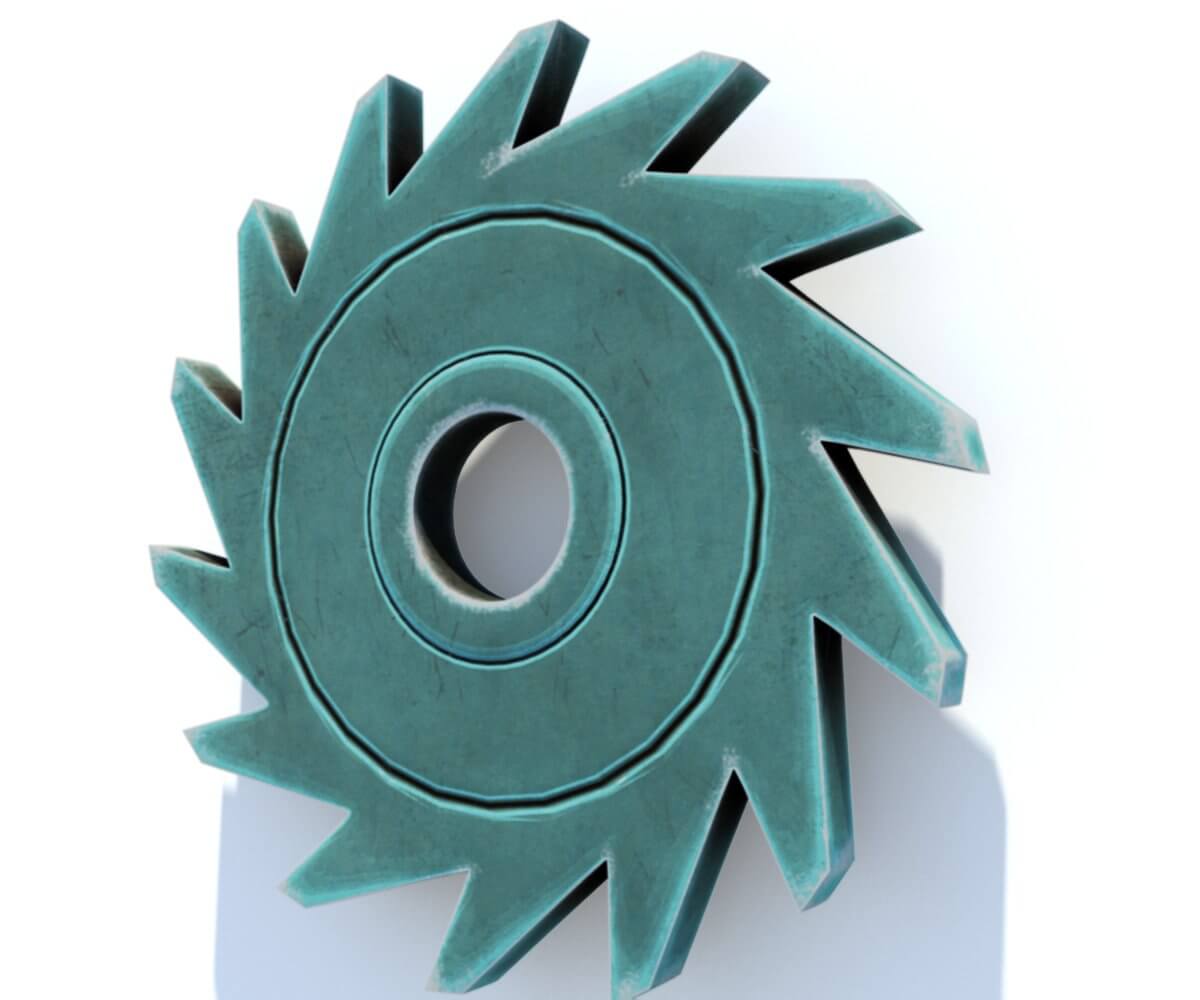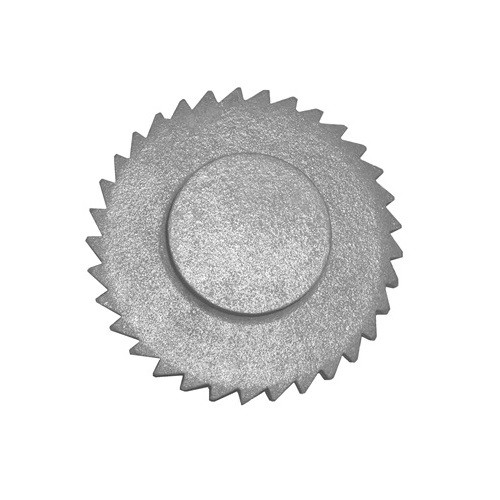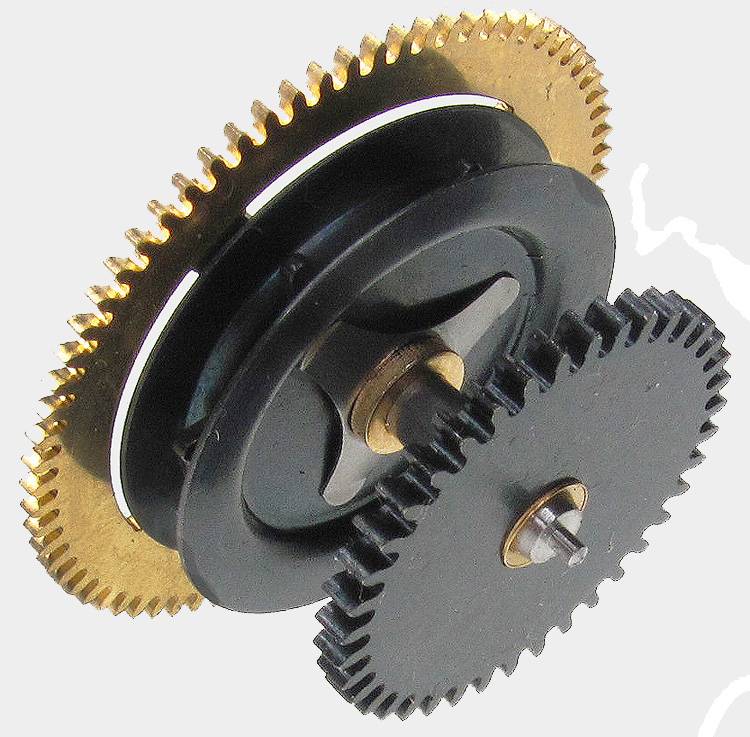Product Description
Company Profile
We are a leading manufacturer of UHMW-PE products in China.Established in 1993, located in the China UHMW-PE production intensive center-Xihu (West Lake) Dis..We are a leading manufacturer of UHMW-PE products in China since 1990's covering an area of 58,000 square meter, we are specialized in UHMW-PE engineering plastic products research ,development, manufacture, marketing and services.
Product Description
Ultra-high molecular weight polyethylene (UHMWPE) conveyor roller/ idler is a new generation of plastic instead of steel of high-tech products, its main raw material is ultra-high molecular weight polyethylene. Ultra high molecular weight polyethylene conveyor roller has physical and chemical properties which are high wear resistance, low friction coefficient, not easy to wear leather strap. It also has the fine self lubrication and not easy to card to die in the bad conditions, antistatic, flame retardant, aging resistance, corrosion resistance. It can withstand repeated impact, vibration, mechanical performance is excellent, light weight, easy installation, no maintenance, low noise (3-7DB), smooth operation. The temperature of using keep in -40°C to+85°C.
Product Advantages
1,Belt Friendly
-- extremely High Wear Resistance ,which is about 5-7 times than that of steel roller . strong ability to resist adhesive , can prolong the service life of the belt for 2-3 times.
-- high self-lubrication , No Material Build Up , thus no belt miss-tracking & material spillage , less down time , greatly reduced the working accident.
-- don't absorb water , thus it will not CHINAMFG with belt under low temperature.
2,superior sealing system
Dust and water proof sealing system (Patented) ,no grease leaking , prolong the bearing's service life.
3,noise reduction
The noise reduction material of roller , the superior sealing system , high-precision bearings , And the U-shaped ventilation groove make it a great performance in noise reduction.
4,excellent TIR rate
The roller material is more flexible to shape with precise machining , it can significantly lower the TIR rate to 0.1mm or even less , no vibration under High Speed Conveying.
5,longer service life
-- High-precision bearing has longer life than normal bearing.
-- great patented sealing system , don't absorb water , no grease leaking
6,light weight
-- easy to install , replace and delivery
-- less power consumption , smaller motor power required and reduce the cost.
7,F.R.A.S
Flame retardant , anti-static , resistant to corrosion of all kinds of chemical medium.
Product Parameters
| No. | Test Items | Unit | Results |
| 1 | T.I.R | mm | ≤0.2 |
| 2 | Axial displacement | mm | ≤0.4 |
| 3 | Axial displacement after falling | mm | <1.2 |
| 4 | Axial load | KN | >1.5 |
| 5 | Rolling resistance | N | ≤2.5 |
| 6 | Water spray running test | g | 0 |
| 7 | Underwater running test | g | 5 |
| 8 | Coefficient of friction | - | ≤0.1 |
Uhmwpe Pipe Application
Power Systems:
Fire power plant fly ash emissions, chemical water circulation system, sulfur removal system.
Coal industry:
Coal, coal slurry transport, mine air supply, exhaust, drainage system.
Chemical Industry:
Strong acid, alkali and other high corrosive media delivery, salt chemical brine, salt pulp, salt transport.
Oil exploitation:
Crude oil transportation, natural gas gathering and transportation, sewage recharge.
Metallurgical industry:
Coke powder, slag, pulp and smelting residue.
Mine Industry:
Slurry pipeline, coal mine high pressure water supply, gas pipeline.
Dredging works:
Rivers, lakes, ports, docks and other dredging works to transport sediment.
Ocean works:
seawater desalination in the transport of water, fresh water.
Municipal works:
sewage treatment, domestic water supply and gas transportation.
Projects
FAQ
1.Q: What's Your bearing type and brand usually use?
A: Large clearance C3 ZZ type deep ball bearing with LYC, HRB,C&U and imported reknown bearings brand etc. According to customer's requirements.
2.Q: How is your Payment Term?
A: T/T or L/C. Another payment term we can also discuss.
3.Q: Can you customize it?
A: We support customization according to your request.
4.Q: What's the MOQ?
A: 1 piece.
5.Q: What's the production capacity of your idler and belt conveyor?
A: Idlers 1,600,000 pcs/year.
6.Q: What's your roller's working life?
A: Our rollers have a long lifespan with good performance. Designed working life is 8,0000 hours under the ideal site and operation.
/* March 10, 2571 17:59:20 */!function(){function s(e,r){var a,o={};try{e&&e.split(",").forEach(function(e,t){e&&(a=e.match(/(.*?):(.*)$/))&&1
| Certification: | CE, ISO, Cema |
|---|---|
| Pulley Sizes: | Type F |
| Manufacturing Process: | Casting |
| Material: | UHMWPE/HDPE/Rubber |
| Surface Treatment: | Baking Paint |
| Application: | Chemical Industry, Grain Transport, Mining Transport, Power Plant, Cement Industry |
| Samples: |
US$ 10/Piece
1 Piece(Min.Order) | |
|---|
| Customization: |
Available
|
|
|---|

What advantages do ratchet wheels offer in terms of controlled motion and security?
Ratchet wheels offer several advantages when it comes to controlled motion and security in mechanical systems. These advantages include:
- 1. Unidirectional Motion: Ratchet wheels allow motion in only one direction, which is beneficial in applications where preventing backward movement is essential. This unidirectional motion provides control and ensures that the mechanism operates precisely as intended.
- 2. Incremental Movement: Ratchet wheels are designed with teeth that provide incremental movement. This allows for precise adjustments or controlled advancement in applications requiring accuracy and fine-tuned positioning.
- 3. Security Against Reversal: The key advantage of ratchet wheels is their ability to prevent backward movement effectively. When a pawl or catch mechanism engages with the teeth of the ratchet wheel, it locks the wheel in place, preventing any reverse motion. This feature is crucial in applications where maintaining security and preventing unintentional backdriving are vital.
- 4. Resistance to External Forces: Ratchet wheels are designed to withstand external forces or vibrations that may attempt to cause reverse motion. The engagement of the pawl ensures that the wheel remains locked in its current position, enhancing security and stability.
- 5. Predictable Operation: Ratchet wheels provide predictable and reliable operation. Users can apply force or torque in the desired direction, knowing that the ratchet wheel will move in that direction without the risk of unexpected movement or slippage.
- 6. Versatility in Applications: Ratchet wheels find application in a wide range of industries and systems where controlled motion and security are crucial. They are commonly used in hand tools, winches, hoists, conveyor systems, and various mechanical devices.
- 7. Maintenance of Tension: In applications like tie-down straps and tensioning systems, ratchet wheels maintain tension and prevent slack from developing. This ensures that loads remain securely in place during transportation or use.
- 8. Safety: Ratchet wheels contribute to safety in various applications, such as vehicle handbrakes and safety mechanisms. They prevent unintended movement and enhance the overall safety of the system.
Overall, ratchet wheels offer precise, controlled, and secure motion, making them valuable components in applications where maintaining control and preventing reversal are critical. Their ability to provide incremental movement and resist external forces adds to their versatility and reliability in diverse mechanical systems.

What are the signs that indicate a need for ratchet wheel replacement or maintenance, and how can they be diagnosed?
Recognizing the signs that indicate the need for ratchet wheel replacement or maintenance is crucial for ensuring the reliability and safety of mechanical systems. Here are common signs and how to diagnose them:
- 1. Excessive Wear: Check the ratchet wheel's teeth for signs of excessive wear or rounding. If the teeth are visibly worn down, it's an indication that the ratchet wheel may not engage properly and should be replaced.
- 2. Irregular Tooth Engagement: During operation, if you notice irregular engagement of the ratchet wheel with the pawl or catch, it may indicate misalignment, damage, or wear. Investigate and address the issue to prevent further damage.
- 3. Slippage: If the ratchet wheel slips when subjected to a load within its specified capacity, it's a clear sign of wear or damage. This can compromise the safety and reliability of the system and warrants immediate attention.
- 4. Unintended Movement: In applications where a ratchet wheel is used to prevent unintended movement or reverse motion, any unexpected movement suggests a problem. This may be due to wear, damage, or a malfunctioning pawl mechanism.
- 5. Noise and Vibration: Unusual noises, such as grinding or rattling, or excessive vibration during ratchet wheel operation can indicate issues with teeth engagement, misalignment, or worn components.
- 6. Difficulty in Turning: If the ratchet wheel becomes difficult to turn, it may be due to increased friction caused by wear or contamination. This can lead to inefficient operation and should be addressed.
- 7. Visual Inspection: Regularly inspect the ratchet wheel for visible damage, cracks, or deformities. Any visible defects should be taken as a sign that maintenance or replacement is needed.
- 8. Pawl or Catch Condition: Examine the condition of the pawl or catch that interacts with the ratchet wheel. Signs of wear or damage on the pawl can affect the engagement and should be addressed.
- 9. Reduced Efficiency: If the ratchet wheel system is no longer operating with the same level of precision and efficiency as before, it may be an indication of wear or misalignment.
- 10. Routine Maintenance Schedule: Implement a routine maintenance schedule for ratchet wheel systems. Regular maintenance can help identify early signs of wear or issues before they become critical.
- 11. Load Testing: Conduct load testing to ensure that the ratchet wheel can handle its specified load capacity without slipping or exhibiting signs of stress. Any failures during load testing should prompt maintenance or replacement.
Diagnosing the need for ratchet wheel replacement or maintenance often involves a combination of visual inspection, functional testing, and a good understanding of the system's expected performance. Addressing issues promptly can prevent failures and improve the safety and reliability of mechanical systems.

Can you describe the factors to consider when selecting ratchet wheels for specific applications?
When selecting ratchet wheels for specific applications, several important factors should be taken into consideration to ensure optimal performance and reliability. These factors include:
- 1. Load Capacity: Determine the maximum load or force the ratchet wheel will need to handle. Choose a ratchet wheel with the appropriate load capacity to ensure safe and efficient operation. Larger and more robust ratchet wheels are suitable for heavy-duty applications.
- 2. Space Constraints: Consider the available space within the mechanical system where the ratchet wheel will be installed. Ensure that the selected ratchet wheel size fits within the allocated space without interference or clearance issues.
- 3. Tooth Profile: The tooth profile of the ratchet wheel should match the application's requirements. Standard ratchet wheels have angled teeth, while fine-tooth ratchet wheels offer finer control. Select the tooth profile that suits the desired level of precision and movement control.
- 4. Material: Choose a ratchet wheel material that is compatible with the application's environment and demands. Common materials include hardened steel or alloy metals for durability. In corrosive environments, opt for corrosion-resistant coatings or materials.
- 5. Pawl Compatibility: Ensure that the selected ratchet wheel is compatible with the pawl or catch mechanism used in the application. The pawl should effectively engage and disengage with the ratchet wheel's teeth for reliable operation.
- 6. Precision Requirements: Consider the level of precision required in the application. Fine-tooth ratchet wheels are suitable for applications demanding precise adjustments, while standard ratchet wheels offer a balance of control and strength.
- 7. Operating Conditions: Evaluate the operating conditions, including temperature extremes, humidity, and exposure to chemicals or contaminants. Select ratchet wheels that can withstand these conditions without degradation.
- 8. Customization: For specialized applications or unique requirements, consider the option of custom-designed ratchet wheels. Customization allows for tailoring the ratchet wheel's size, tooth profile, and material to meet specific needs.
- 9. Maintenance: Assess the ease of maintenance and lubrication requirements. Some ratchet wheels may need periodic cleaning and lubrication to ensure smooth and reliable operation.
- 10. Regulatory Compliance: In some industries, specific standards and regulations may govern the choice of components. Ensure that the selected ratchet wheel complies with relevant industry standards and safety regulations.
By carefully considering these factors, you can select the most suitable ratchet wheel for your specific application, promoting efficient and reliable performance while minimizing the risk of issues or failures.


editor by CX 2024-02-24